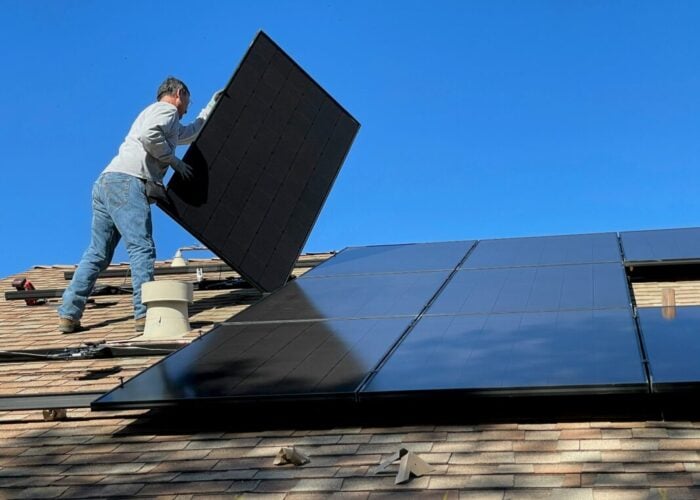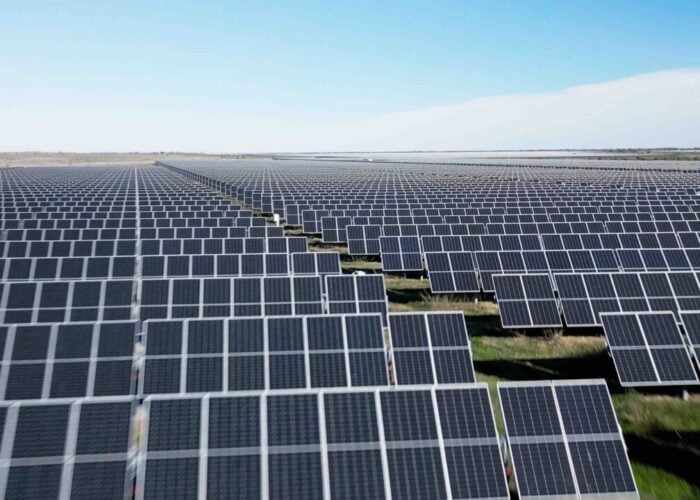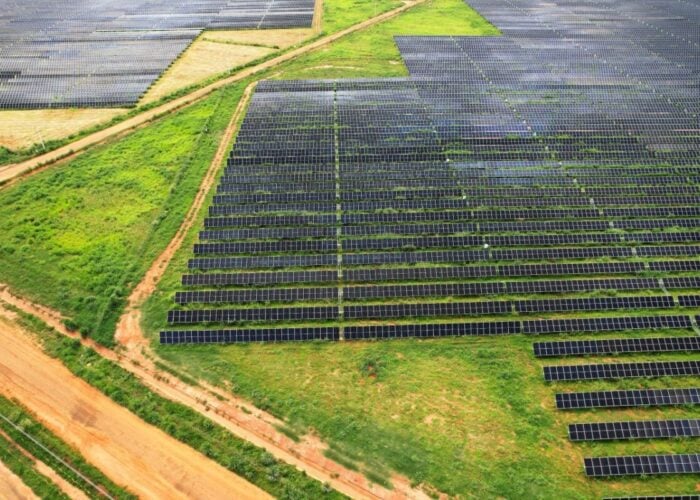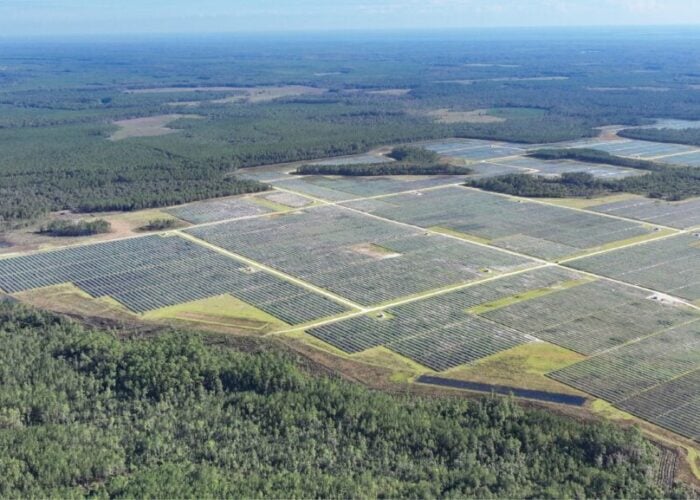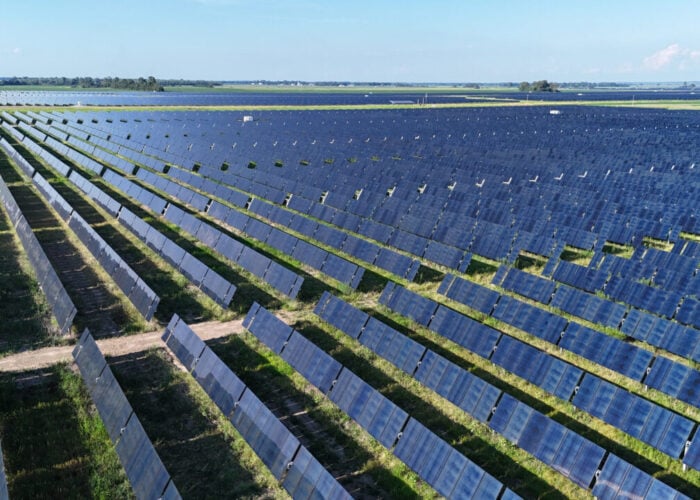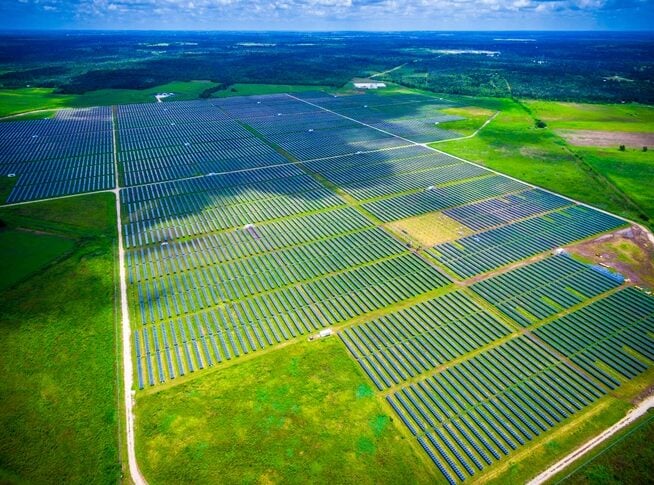
Swedish renewable power developer OX2 has received government approval to build a 135MW solar-plus-storage site at a decommissioned coal mine site in New South Wales, Australia.
The approval, granted under Australia’s Environment Protection and Biodiversity Conservation (EPBC) Act, enables OX2 to proceed with the Muswellbrook solar-plus-storage project.
Try Premium for just $1
- Full premium access for the first month at only $1
- Converts to an annual rate after 30 days unless cancelled
- Cancel anytime during the trial period
Premium Benefits
- Expert industry analysis and interviews
- Digital access to PV Tech Power journal
- Exclusive event discounts
Or get the full Premium subscription right away
Or continue reading this article for free
It will be constructed adjacent to the former Muswellbrook Coal Mine, which ceased operations in 2022.
The Muswellbrook project is being developed in partnership with mine operator Idemitsu Australia, which owns most of the project land. It includes plans for a 35MW/270MWh battery energy storage system (BESS) to be co-located with the solar project.
The project will connect to the National Electricity Market (NEM) via a connection to a 132kV transmission line owned by electricity distribution company Ausgrid.
This represents the second OX2 project in Australia to have recently secured EPBC approval, following the 90MW Summerville solar-plus-storage project, which secured approval in July.
“This is a leading example of the transition of the Upper Hunter Valley from coal mining to innovative post-mining land uses,” said Catherine Way, director of development at OX2 Australia.
“The Muswellbrook solar project is an early mover in the repurposing of a coal mine into an energy generation site and serves as an important test case for the broader region.”
According to OX2, the project forms part of a broader vision to transform the former mining site into a hub for industrial and energy innovation. The project will be situated within one of New South Wales’ five Renewable Energy Zones (REZs), which the Energy Corporation of New South Wales (EnergyCo) has labelled “modern power stations.”
Indeed, Muswellbrook, nestled in the Upper Hunter region of New South Wales, has traditionally been dominated by coal mining operations, and the transition to renewable energy represents a significant shift for the local economy.
The development already has local planning approval, and the federal EPBC approval represents the final major regulatory hurdle before construction can commence.
Australia’s EPBC Act scrutinised for increased decision-making periods
The EPBC Act, administered by the federal government, aims to protect nationally threatened species and ecological communities. The approval must be received before a project can be developed.
If a project is deemed to significantly impact these matters, it becomes a “controlled action” requiring assessment and approval under the EPBC Act. In contrast, if a project does not have a significant impact, it becomes “not a controlled action,” meaning it is clear for development.
In December 2024, the EPBC Act was scrutinised by Australian trade association the Clean Energy Investor Group, which revealed that decision-making periods have doubled from 2021 to 2023.
According to the group representing Australian and global renewable energy investors, the average decision-making period for controlled actions requiring comprehensive environmental assessments increased from 62 days in 2021 to 136 days in 2023.
Under the EPBC Act, from 2020 to 2023, there were 23 referrals in 2020, whereas in 2023, there were 40. Only six of 19 project referrals to the EPBC Act from 2021 and none from 2023 have received final approvals.
It should be noted that since this report was released, Australia’s Department for Climate Change, Energy, the Environment and Water (DCCEEW) has laid out plans to strengthen and streamline the environmental law.

